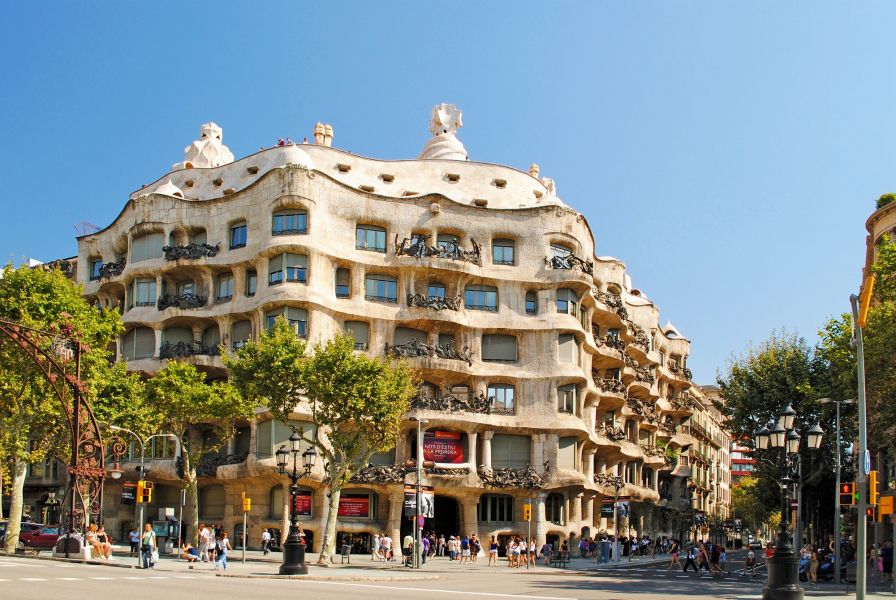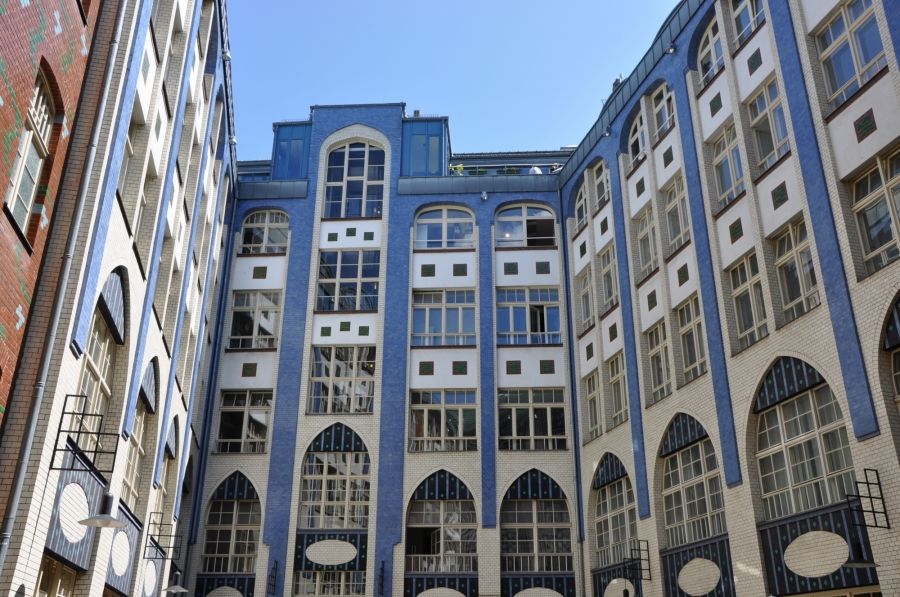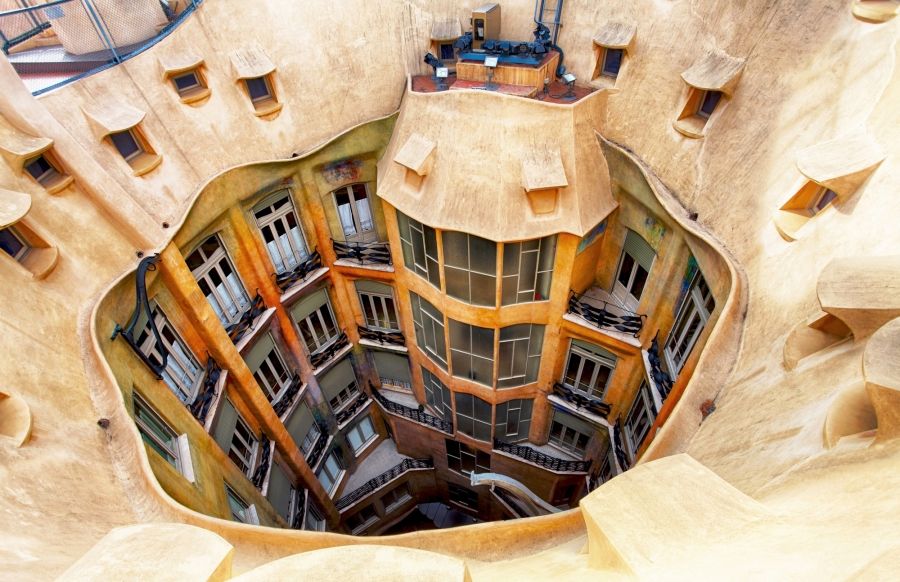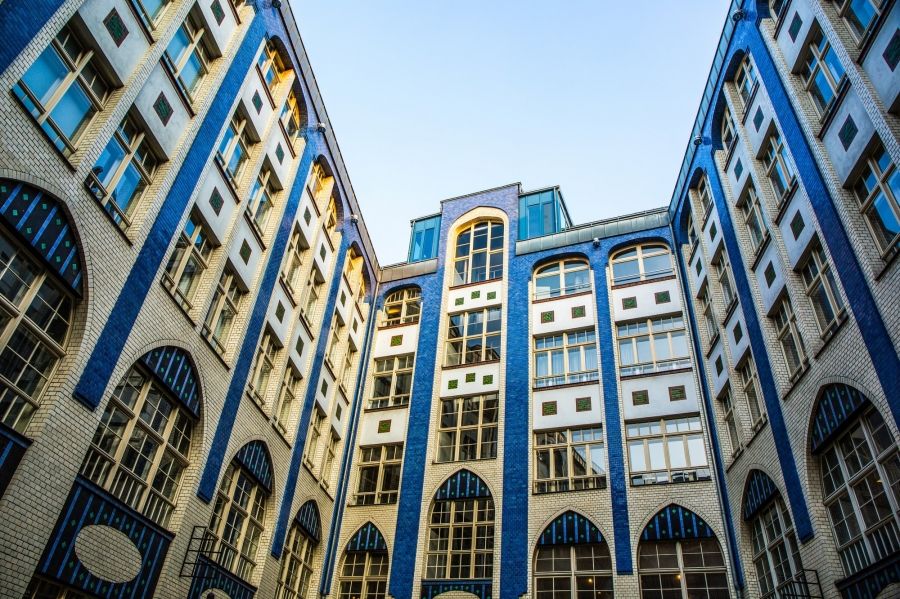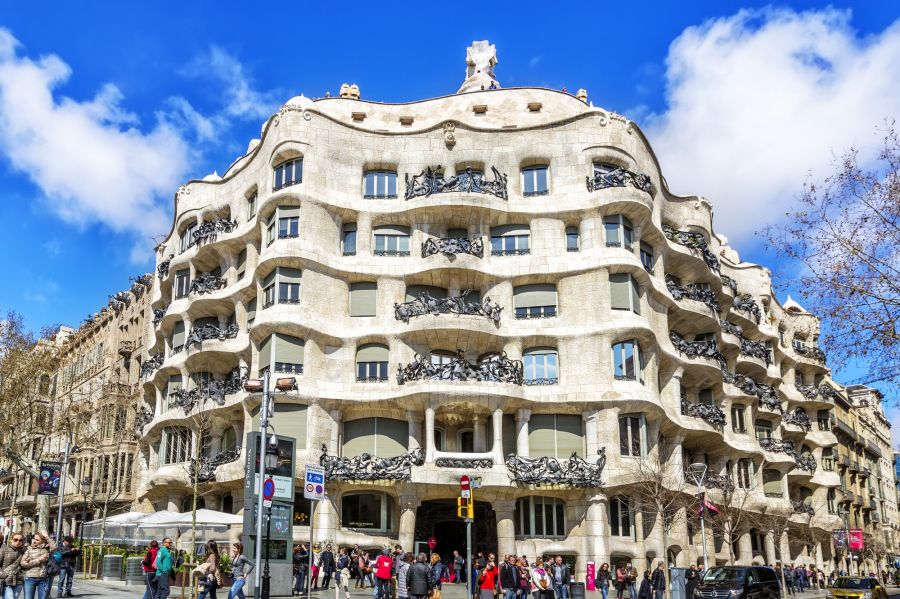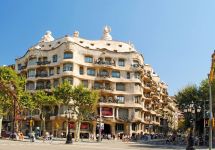Secession in urban architecture - characteristic ornamentation, linearism and typical colours
Although this style is famous for its rich ornamentation, it is also characteristic as far as the colour selection is concerned. How to recognize during a walk secession in architecture?
The manner the lines are presented, a composition of planes, and a limited range of colours - these were the elements the Art Nouveau architects paid a close attention to. What else could not be missed? And what elements were forbidden?
Ornamentation and line character
Generally abstractive (mainly curved lines) depicting also plant forms (primarily the local ones, i.e. chestnut leaves, iris, wild flowers), as well as long-haired women and masks. And without proportion.
Regardless of adopted patterns, however, the lines were always curved and unstable (straight were not used at all, or limited to minimum). Due to enormous sizes - it happed that ornamentations covered the entire exterior wall and embraced also other details of the building, including stairs balustrade, gate or door handles. Why? It was assumed that the ornamentation itself was supposed to emphasise the building's structure and tectonics, and also symbolically refer to its function.
Typical colour scheme and ...
Light, gentle, pastel. Most buildings, which were erected during the secession times, were coloured gentle beige, however, pastel green and sky-blue colours, as well as bright shades of red and brown were equally popular. With such strong ornamentation, the colours had to be toned down - this was a principle.
... other characteristic elements
Typical for the secession architecture was also: stained glass, mosaics, and above all asymmetrical patterns of decorative motifs.
Examples of the secession architecture
There are numerous examples in Poland. The most common ones are the following: Leon Rappaport's Villa in Lodz, the Old Theater in Cracow, Main Railway Station in Nowy Sacz or the Barasch Brothers’ Shopping Centre in Wroclaw. The most impressive buildings - where clarity form and lines were of utmost importance - are found in Western Europe. The following buildings are mentioned in architecture literature: Pavilion of Secession in Vienna, Casa Mila in Barcelona and the Hackesche Höfe building in Berlin.
